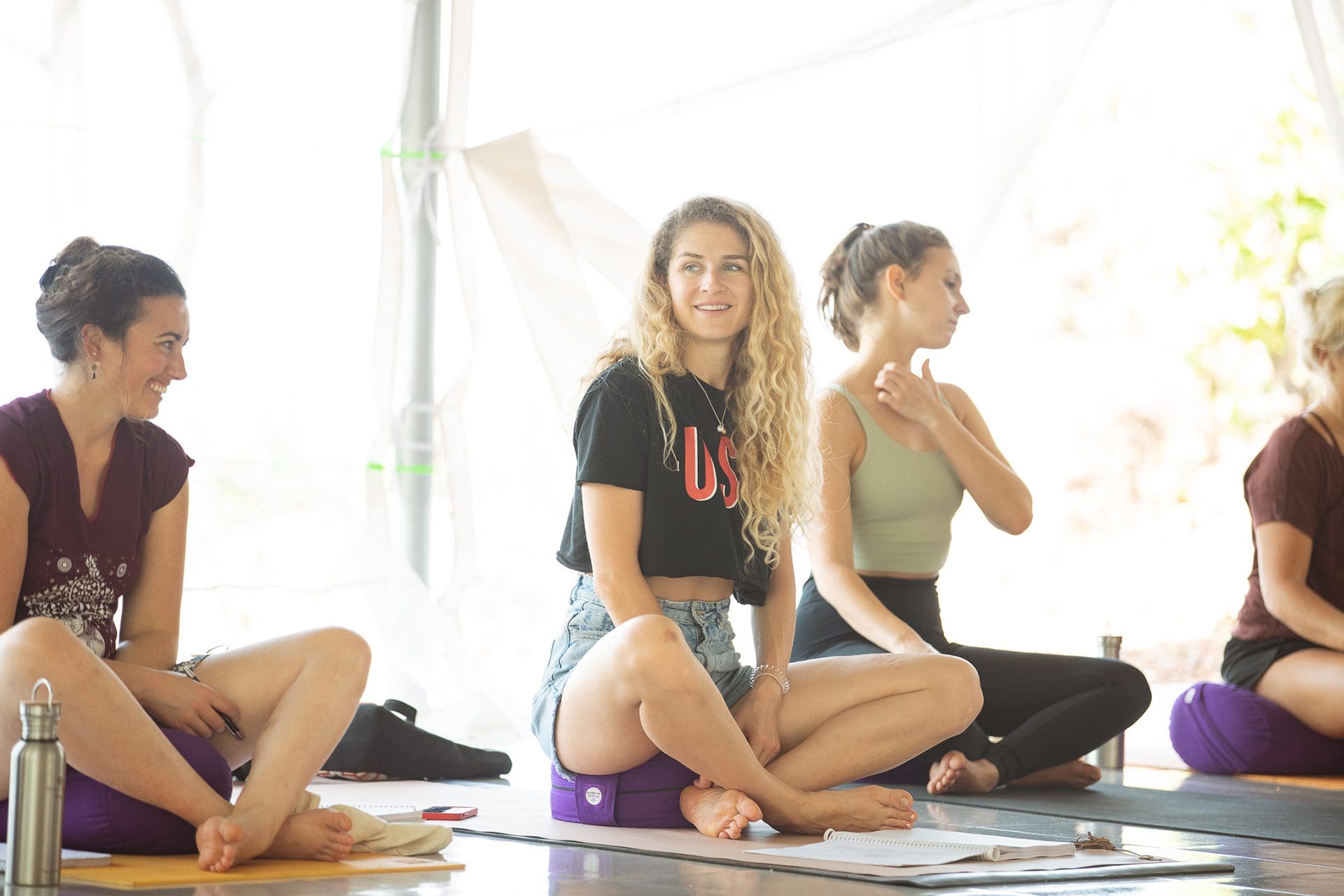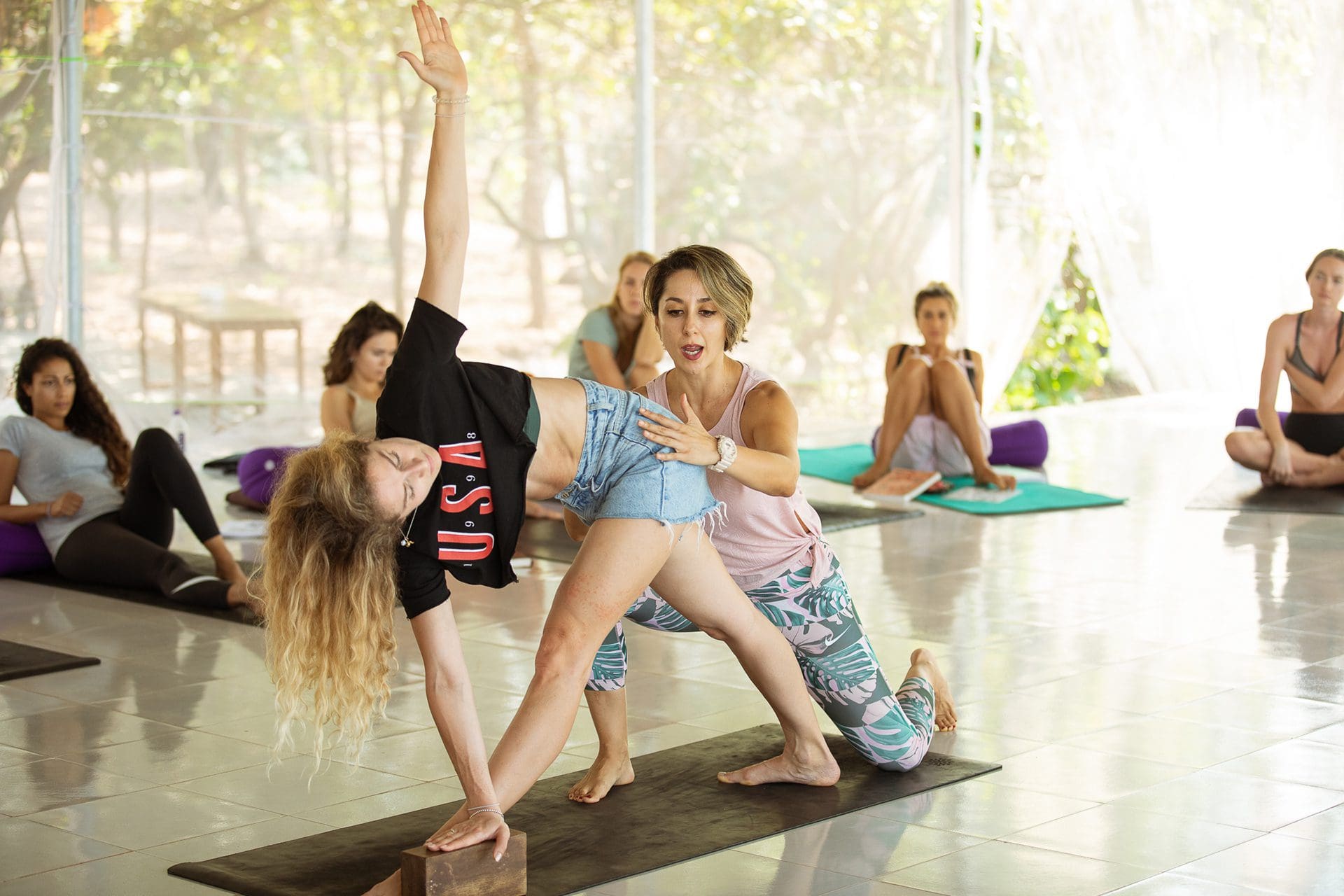How to find a job after your 200 hour yoga teacher training
Yoga teaching as a career is a fulfilling and exciting path. You can choose to take up yoga teaching as a full-time career or as a side hustle along with your day job. Whichever path you are choosing, the options for how to find a job after completing your 200-hour yoga teacher training are plenty. Furthermore, since the onset of Covid-19, the yoga world is booming with a huge demand for yoga teachers, making it one of the most lucrative times to enter the market. So if you’re looking to start teaching yoga or diversify your income channels, you have a world of opportunities waiting for you. Let’s look at a few actionable steps on how you can find yoga teacher jobs after completing your 200-hour yoga teacher training course.

- Decide your path: The first step is choosing whether you wish to teach yoga independently or join a studio or perhaps start virtual yoga classes. Teaching independently means you will have to create your own courses, market yourself, decide the timings of your classes, mode of teaching and sign up students. Joining a studio or online class might require you to first assist other experienced teachers or maybe start small, perhaps with only 3-4 classes a week. The beginning might be slow, but with experience it will get better.
- Organizations you can find a yoga teaching job with: After completing your 200-hour yoga teacher training course (200-hour TTC), you can get a yoga teaching job in a yoga studio, fitness center and gym, corporate office as a freelancer, school and university, community center, rehabilitation center, resort for wellness and yoga retreats, government agencies, etc. From yoga studio instructor to corporate yoga training, freelance yoga teacher, yoga retreat leader, and online yoga teacher, the type of jobs and designations available are plenty.
- Browse job portals: If you are looking to join a yoga studio, online or in-person, one way to find opportunities is via job portals. Many fitness and wellness companies list their requirements for yoga teachers on job sites like LinkedIn jobs, Google jobs, etc. Look for yoga teaching opportunities in Facebook and LinkedIn groups. It’s also a great place to find others to collaborate with. Even corporations list their requirements for a yoga teacher to hold group classes for their employees. Update your own profile and add a link to your portfolio or social channels so potential companies can reach you easily.
What are the benefits of an in-person yoga teacher training? Find out here.
- Create your portfolio or social channels: Irrespective of the path you choose, you have to start marketing yourself. Marketing is often a small module in 200-hour yoga teacher training programs. Many students want to see who they are signing up with, what are the practices you teach, your level of teaching, etc. The best way to compile this is in a visually appealing portfolio. To start marketing your yoga business, create an Instagram and Facebook account where you can regularly share images and videos of yourself doing various yoga asanas, pranayama, meditation and more. The more content you create, the more authentic and credible your profile will look. You can also start posting your offerings and class details in Facebook groups.
- Videos for YouTube: One of the best ways to give potential students an idea of how your classes are is to create short videos for YouTube. These can be simple flows, one or two pranayama practices, a meditation or even theme based videos (for example, a short sequence for core strength). You can even create talking-head videos on various yoga philosophy topics which interest the modern-day individual (example: how to the yamas in today’s lifestyle). These videos will also add weight to your portfolio, portray you as an authentic teacher and help you with marketing. If you are choosing to start online classes, this is even more useful as students will get a gist of what your virtual classes will be like. As you start building your following and subscribers, you can even start making money via YouTube!
- Networking: Once you have your portfolio in place, take the time to network with people. Speak to others in your neighborhood, human resource managers in corporate offices, fitness center owners, etc. Word of mouth is a strong way to get your name out there and generate leads.
- List your offerings on yoga platforms: There are many yoga portals who allow teachers, like you, to sell their classes on their platform. This way you can generate leads via third-party sites while also running your own independent yoga classes.
Still wondering what next after your 200-hour yoga teacher training? Here are a few ideas.
- Plan your courses and classes: Whether you teach independently or join a yoga studio, you will have to plan your courses and classes. Spend time working on different yoga flows and sequences. Include a well-rounded balance of all practices, from asanas to breathing techniques, meditation and Yoga Nidra. If you did an in-person course, such as a 200-hour yoga teacher training in Goa, you would have had the opportunity to teach a few classes or small groups of students. Use your training to plan sequences that students will enjoy and benefit from. Remember, you’ll also need a shorter version of these flows for your YouTube channel.
- Partner with brands: Once your social media and YouTube channels gain a good following you can start partnering with brands to promote their products. These could be brands in the space of yoga clothing, accessories, wellness products, healthy food, etc. Some brands will pay you directly, while others might offer their products as incentives. You might be asked to create content in the form of reels, posts, videos, etc. Over time you will slowly become an influencer and open up another channel of income.
- List your skills: As a yoga teacher, developing and marketing your skills is important. You must be regular in your own practice to keep your physical fitness strong. Communication is an important skill for yoga teachers to teach and demonstrate effectively. Empathy, patience and understanding towards each individual’s level and state of mind makes a world of a difference for students. Showcase these skills via your portfolio and the videos you create. The more you are able to highlight, the more likely it is that students will put their trust in you.

Yoga teaching as a career can be very fruitful and rewarding as you are playing a role in helping others improve their health and well-being. Like any other career, your yoga teacher career might start slow, but don’t worry. Take the necessary steps to build your profile and market yourself, and with experience your career will be on a great trajectory. Lastly, always stay dedicated to your practice and keep improving your knowledge of yoga.

